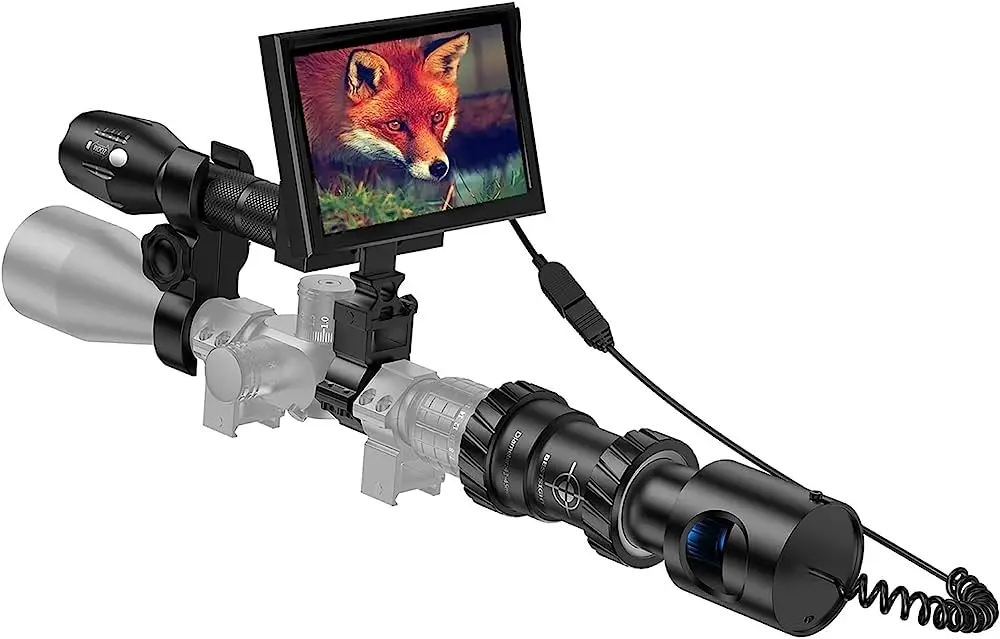Discover Where to Zero Your Coyote Hunting Rifle


We eased over the railroad tracks and setup on the slope of the tracks just below the ballast. It was a beautiful winter morning overlooking a sea of sagebrush. The stillness of the morning was interrupted by the low rumble of a freight train coming down the track. My partner began his rendition of a dieing rabbit. The train continued to get closer and closer until it went whipping by shaking the ground we were sitting on. If you have ever sat on stand with a train passing right behind you then you know how intense it can be. After the train passed a coyote appeared on the horizon loping towards the call. It continued its constant pace until it closed to within 30 yards of the call. It then stopped and presented a broadside shot. I had already moved my rifle into position and was ready for the shot. I settled the cross-hairs right on its vitals and let one fly. To my amazement, the coyote began running off. My partner shot while I chambered another round. The lead began to fly and the coyotes ears were laid back and it began to change zip codes. What went wrong? Why didn’t I kill that coyote? The simple answer is, I sighted my coyote hunting rifle in for a deer hunt and not a coyote hunt.
Since those early days of calling and wishing I had a chance to go back and re-take those shots, I have learned that its important to have your coyote hunting rifle sighted in correctly for the target you are shooting. If you skin a coyote you realize just how small of a target you’re shooting at. Most coyotes you call in are going to be within 200 yards or less. If you have your rifle set to three inches high at 100 yards you will shoot right over the top of them. In my experience of calling I have found my sweet spot for zeroing my rifle to be dead on at 200 yards. This allows me to just take aim at anything that is 200 yards or less. At 100 yards I am just under 1″ high for my bullet and gun combination, meaning I am going to hit within an inch of where I’m aiming out to 200 yards. If a coyote hangs up beyond 200 yards then I have to do a little adjusting on where I aim depending on how far out it is. For me, those cases are not as common, but they do happen. For those longer shots it’s great to have a scope with a reticle for yardage marks to make the adjustments.
Recent Posts
How do I create an engaging and informative online quiz or assessment?
Creating an engaging and informative online quiz or assessment can be a powerful tool for… Read More
What are the most effective methods for managing and reducing work-related stress in the hospitality industry?
Work-related stress is a common issue in the hospitality industry, where employees often face long… Read More
How can I improve my assertiveness and communication skills in a leadership position?
In a leadership position, assertiveness and effective communication skills are crucial for success. Being able… Read More
What are the key elements of a successful employee recognition and rewards program?
Employee recognition and rewards programs play a crucial role in motivating and engaging employees, as… Read More
How do I effectively manage and respond to customer feedback and reviews?
Customer feedback and online reviews play a crucial role in shaping a company's reputation and… Read More
What are the best strategies for effective time management as a stay-at-home parent?
Effective time management is crucial for stay-at-home parents who juggle multiple responsibilities on a daily… Read More